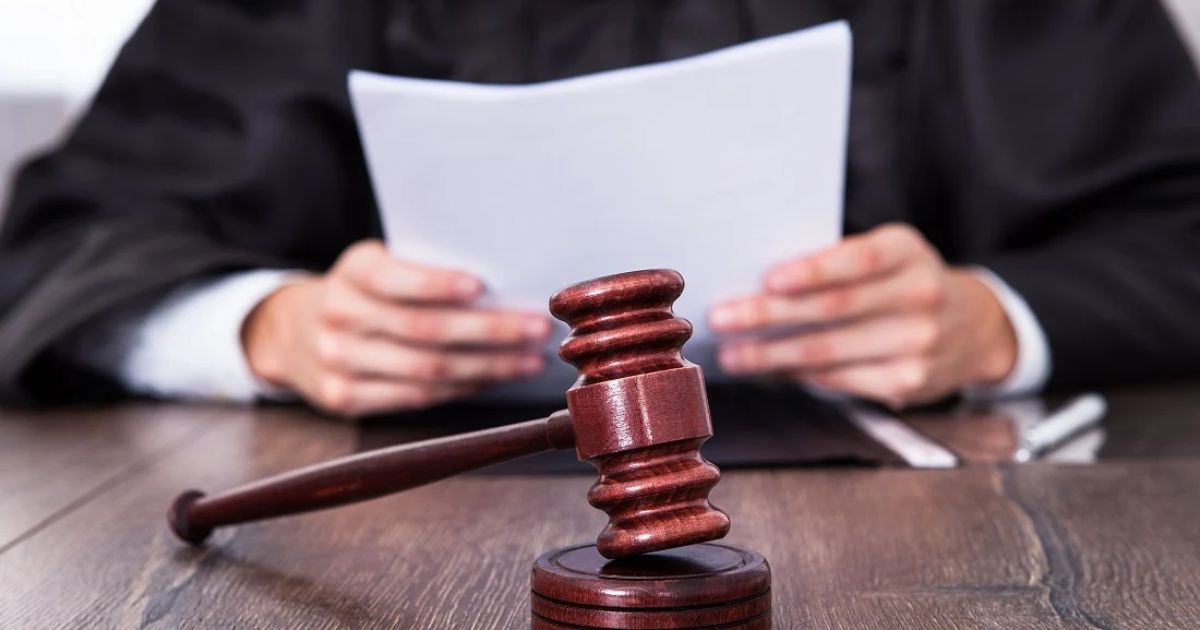When life takes an unexpected turn due to an accident or an unfortunate incident, it often leads to legal ramifications centering around a fundamental legal concept—negligence. Personal injury cases hinge on the intricate details of negligence, a term that encapsulates the human factor behind the law. Let’s delve deeper into this multifaceted aspect of legal proceedings.
The Heart of Negligence
At its core, negligence embodies the essence of human responsibility. It entails four pivotal elements that interweave to form the fabric of a personal injury case:
1. Duty of Care
Imagine a web of social responsibilities that bind us. Duty of care is akin to a thread in this intricate web, connecting individuals and entities. It’s the obligation to act reasonably and prudently, considering the potential impact of one’s actions on others. From a doctor’s duty to provide adequate medical care to a driver’s responsibility to operate a vehicle safely, this duty lays the groundwork for assessing negligence.
2. Breach of Duty
Life’s tapestry often encounters knots—instances where individuals fail to fulfill their duty of care. These knots signify the breach of duty, where someone falls short of the expected standard of behavior. Whether it’s a distracted driver causing an accident or a property owner neglecting maintenance leading to an injury, breaches become pivotal points in legal narratives.
3. Causation
In the intricate design of negligence, causation acts as the invisible thread linking cause and effect. It’s not just about proving harm but establishing the chain of events that led to it. Did the breach of duty directly cause the harm? Establishing this causal link demands meticulous scrutiny of facts and the foreseeability of consequences.
4. Damages
Every tear in life’s fabric leaves a mark—these are the damages in a legal context. They encompass physical, emotional, and financial harm suffered by the plaintiff. Medical bills, emotional distress, lost wages, or property damage are the tangible imprints of harm that underpin a negligence claim.
Complexity in Shared Responsibility
In the tapestry of life, shades of gray often emerge. It’s not always a clear-cut scenario where one party bears the sole responsibility. Comparative negligence introduces layers of complexity, acknowledging that sometimes both parties share the blame. States vary in their approach, with some allowing recovery even if the plaintiff is mostly at fault, while others bar recovery if the plaintiff shares equal or more responsibility than the defendant.
Narratives of Negligence
Stories of Premises Liability
Think about walking into a store only to slip on a wet floor with no warning sign. This scenario, steeped in negligence, revolves around premises liability. Property owners owe a duty to maintain safe conditions for visitors, and a failure to do so can result in legal action.
Healthcare Mishaps and Malpractice
Within the healthcare tapestry, trust intertwines with a professional’s duty of care. Yet, medical malpractice cases arise when that trust is breached—be it a misdiagnosis, surgical error, or prescription mistake. These instances unveil the fragility of human error within the medical domain.
Roadway Realities
Consider the roads as a canvas where negligence paints grim pictures. Reckless driving, failure to adhere to traffic laws, or driving under the influence form the strokes of negligence in car accidents. Each action or inaction can lead to life-altering consequences.
Legal Intertwining and Resolution
The legal world often seeks resolution amid tangled narratives. Proving negligence necessitates a tapestry of evidence, witness accounts, medical records, and expert opinions. While many cases find resolution through settlements orchestrated by insurance negotiations, some threads lead to the loom of the courtroom for a final verdict.
Conclusion: A Tapestry of Responsibilities
Negligence in personal injury cases is not just a legal doctrine—it’s a reflection of our intertwined responsibilities as individuals in society. Understanding these intricate threads of duty, breach, causation, and damages unveils the human element within the legal framework. Each case paints a unique picture, weaving together the complexities of human actions and their consequences in the vast tapestry of the law.
